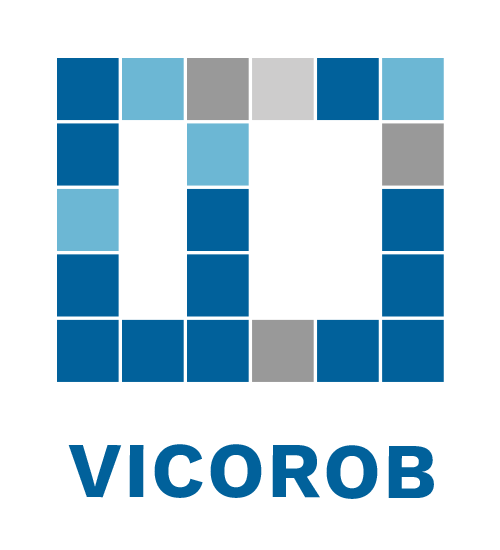MARC MASIAS defends his PhD thesis: “Automatic source detection in astronomical images”
This thesis is focused on the automatic detection of sources (objects) in astronomical images. These sources are something that suggests the presence of an astronomical object such as stars, galaxies, gas, dust or cosmic rays. The use of automatic algorithms to perform such a task becomes of great importance in the astronomical field because of the increasing amount of data and the inefficiency and inaccuracy of manual inspection.
In the first place, we exhaustively analyze the state of the art on this topic, presenting a new classification of techniques and pointing out their main strengths and weaknesses. A complementary quantitative evaluation of some of the most remarkable methods that appeared in the literature over the last few years is also provided.
Afterwards, we present three different proposals to detect faint sources (those with brightnesses so weak that are almost imperceptible by the naked eye) in radio images: the first, a method that combines a multiscale decomposition and local thresholding (WALT); the second, a method based on the structural behaviour of the intensities of sets of adjacent pixels (RCF); and the third, a supervised method that classifies pixels by means of local features (filtered patches).
Finally, we also present a new proposal to deal with infrared and radio images. This method, called multiscale distilled sensing (MDS), is based on the combined use of a multiscale transform and an innovative method called distilled sensing which iteratively discards background (sky) pixels.
The experimental results and the evaluation performed with synthetic and real data points out that the performances of our four proposals are better than state-of-the-art approaches in terms of both reliability and completeness of the detections provided. The following figure depicts a sample of the qualitative results achieved by the MDS method. The contrast between the great number of sources correctly detected (encircled in green) and the few number of spurious detections (encircled in red) can be clearly noted.
___________________
Aquesta tesi se centra en la detecció automàtica de fonts (objectes) en imatges astronòmiques. Aquestes fonts són l’origen de quelcom que suggereix la presència d’un objecte astronòmic, com ara estrelles, galàxies, gas, pols o rajos còsmics. L’ús d’eines automàtiques per a realitzar aquest tipus de tasca esdevé d’una gran importància en l’àmbit astronòmic degut a la creixent quantitat de dades i a la ineficiència i imprecisió de les inspeccions manuals.
En primer lloc, s’analitza de forma exhaustiva l’estat de l’art d’aquest tema, presentant una nova classificació de tècniques i destacant els seus principals punts forts i febles. Complementàriament, també es proporciona una avaluació quantitativa d’alguns dels mètodes més destacats que han aparegut en els últims anys.
En segon lloc, es presenten tres propostes diferents per a la detecció de fonts febles (aquelles amb brillantors tan febles que fàcilment passen desapercebudes a simple vista) en imatges de radiofreqüència: la primera, anomenada WALT, descompon la imatge en diverses escales i les binaritza localment; la segona, anomenada RCF, es basa en el comportament estructural de grups de píxels adjacents; i la tercera, realitza una classificació supervisada de píxels per mitjà de característiques locals.
Finalment, també es presenta una nova proposta per tractar amb imatges infraroges i de radiofreqüència. Aquest mètode s’anomena multiscale distilled sensing (MDS) ja que es basa en l’ús combinat d’una tècnica multiescala i un mètode molt innovador que descarta iterativament píxels del fons (cel) anomenat distilled sensing.
Els resultats experimentals i l’avaluació duta a terme amb imatges sintètiques i reals han demostrat que el rendiment de les quatre propostes és millor que el d’altres mètodes de l’estat de l’art, tant pel que fa a fiabilitat com a completesa. La següent figura mostra els resultats qualitatius obtinguts amb el mètode MDS en una imatge infraroja. Clarament s’hi pot apreciar el contrast entre la gran quantitat de fonts detectades correctament (en verd) i les poques deteccions incorrectes (en vermell).

No Comment